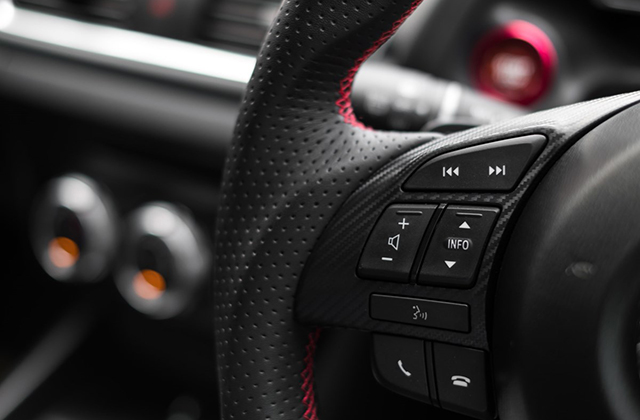Whether you are a seasoned world explorer or planning a first-time getaway, there are many considerations any traveler must make. If you are armed with information about the travels you are interested in taking, the process will be much easier. The following article has great information for anyone who is interested in traveling. In fact, incredible scenes of ski Canada have been captured on film for decades.
Be aware that they are police offers or government officials when you are traveling in a strange city. Do not let anyone your actual passport. Do not get in a vehicle with strangers.
When traveling with young children, it is important to have enough interesting things with you to occupy your toddler during the long trip. Try bring along some of your child’s favorite toys. You may want to purchase a couple of new toy to keep your little one excited.
Check the carrier’s website that you are most interested in to make sure you are getting the best deal. Sometimes they have the discount travel websites.
Bring a book of matches or business card with you explore your destination city.It is very useful for those who haven’t mastered the language.
Sign up for email newsletters from the major airlines. The savings you will enjoy will more than make up for having to deal with a few more items in your email address.
Most car rental outfits do not rent to those under the age of 18, and in some cases it might be 25. You may also need to bring a credit card if you’re not at least 25.Senior citizens are not permitted to rent cars in some cities. Find out about any age issues before you arrive.
Take lots of breaks when driving with small children. Breaks give you the opportunity to stretch your legs and go to the bathroom. Getting little kids out of cars here and there can also help them avoid motion sickness. It takes longer, but it won’t be as stressful.
Many people experience jet lag when they travel to different time zones.You can’t avoid it, so you should try and sleep as much as possible before you leave. You should also try sleeping during the flight if possible.
If you are traveling to a different time zone, you should aim to keep yourself awake until around 8pm local time. Though you may be tired, succumbing to sleep earlier than you should may end up making your jet lag worse because you have not allowed your body to recalibrate.
If you go on a cruise, make sure you talk to other passengers when you’re at any formal dinners. Many ships seat you will get put at a large table with people you are unfamiliar with. Have a positive attitude and talk with all the people you come in contact with. You’ll be seeing them every day, and you might learn something about the ship when you do.
Bring a spare passport photo along on your trip abroad. It can take quite awhile to replace a passport replaced when it has been stolen or lost. You can speed up the process by carryin a spare photo. You should also be carrying photocopies of documentation.
Try to get a room on a high floor. You should also avoid staying in rooms with sliding doors whenever possible. Rooms with these are easier for thieves to break into.
Don’t rush anything on your road trip, especially if another person needs a bathroom break.Your plans are not going to be thwarted by a 10-minute pit stop. This will keep your fellow travelers happy and feeling refreshed.
Don’t forget to bring car seat when you are planning to bring younger children while renting a rental car. When renting a car, so think ahead by bringing your own car seat.
Be candid when taking out travel insurance. Tell your provider of any illness you may have. You’ll be stuck with all of the bill yourself.
Before you travel, research nearby banks for currency exchanges, and you will receive better rates.
This gives you a bit of insurance against any luggage that is lost. If a person’s bags go missing, they will still have a few things available to them. Another great idea to help offset any lost luggage experiences is to always have everyone bring one change of clothing in their carry-on.
If you are planning to travel abroad, you should buy an electrical adapter from a discount store. If you wait and then end up purchasing an adapter from the airport or hotel, you are more than likely going to pay three or four times the normal price.
If you decide on bringing along a pet on your trip, you need to take the time to research hotels that accommodate pets and any fees that may apply to bringing your pet with you.
Frequently, airlines will allow you to select your seat preference for your flight, you can choose a certain seat or area of the plane that you prefer. After booking a flight, keep checking the booking website for seat-picking options as soon as they become available. This can enhance your trip and give you a huge impact on your ability to enjoy your flight.
You will have to plan ahead and make important decisions before you travel. You can greatly simplify the process of making successful travel plans, however, by obtaining the right knowledge and travel advice. Use the tips listed in this guide and you will surely be able to make great travel plans.

